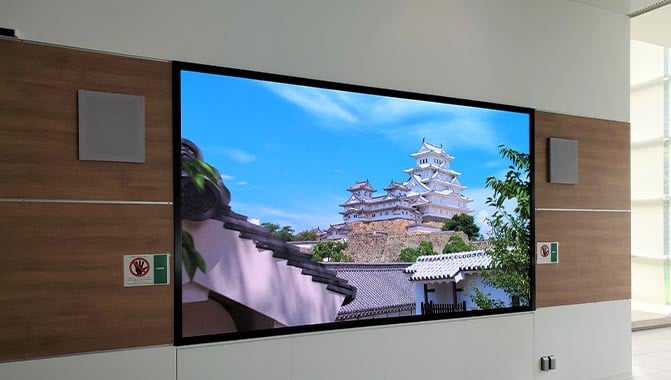Efficient Strategies for Addressing Heat Issues in LED Display Panels
Wiki Article
Light Emitting Diode wall screens are progressively popular for various uses, such as promotion, events, and electronic screens. However, overheating is a major issue that can impact their performance and lifespan. When LED screens become too hot, they may dim, hue shift, or even malfunction entirely. Understanding the causes and implementing efficient methods to control heat can help maintain the ideal operation of LED wall panels. This article will explore several approaches to address excess heat issues associated with these devices.
One powerful approach for stopping excess heat in LED panel screens is guaranteeing adequate airflow. It is essential to install these panels in environments where air circulation is adequate. This can be accomplished by positioning the screens in a properly aired space or using fans to enhance airflow around the units. Additionally, if the screens are installed in a confined area, establishing gaps or using vents can help dissipate heat more effectively. Keeping a lower ambient heat level is vital, as it immediately affects the function and lifespan of LED wall panels.
Another way to combat excess heat is through the application of heat management materials. These materials can help take in, dissipate, or deflect heat away from the LED elements. Heat sinks are commonly used in many electronic units, such as LED screens. These metal elements pull heat away from the LED diodes, allowing them to function at a more secure heat level. Additionally, heat-conducting compound or films can be applied to improve heat conduction between the LED elements and the thermal sinks, further enhancing their cooling effectiveness.

Routine maintenance and monitoring of LED wall panels also play a vital role in preventing overheating. Dust and debris can accumulate on the surfaces of these panels, obstructing published here airflow and trapping heat. Consistent tidying, using suitable tools, will ensure the screens free from blockages. Furthermore, tracking the heat level of the screens can help detect excess heat issues before they become severe. Using temperature sensors can provide valuable data, enabling users to take remedial steps if the screens start to go over secure functioning heat levels.
The implementation of cutting-edge technology can also help tackle excess heat issues in LED panel screens. Many contemporary LED screens come fitted with built-in heat management systems. These systems can automatically adjust the brightness of the screen based on the heat level, reducing heat production when needed. Additionally, software solutions can monitor the performance of the panels and provide alerts if overheating is identified. Using these tools can considerably improve the longevity and reliability of LED panel panels.
In conclusion, managing overheating in LED panel screens is essential for guaranteeing their functionality and lifespan. Applying strategies such as providing adequate ventilation, using thermal control substances, performing routine maintenance, and utilizing advanced tools can help reduce excess heat issues. By taking these proactive steps, users can benefit from the complete advantages of LED wall panels while reducing the threat of temperature-related problems. This approach not only enhances the performance of the screens but also adds to a much sustainable and efficient use of technology in multiple applications.